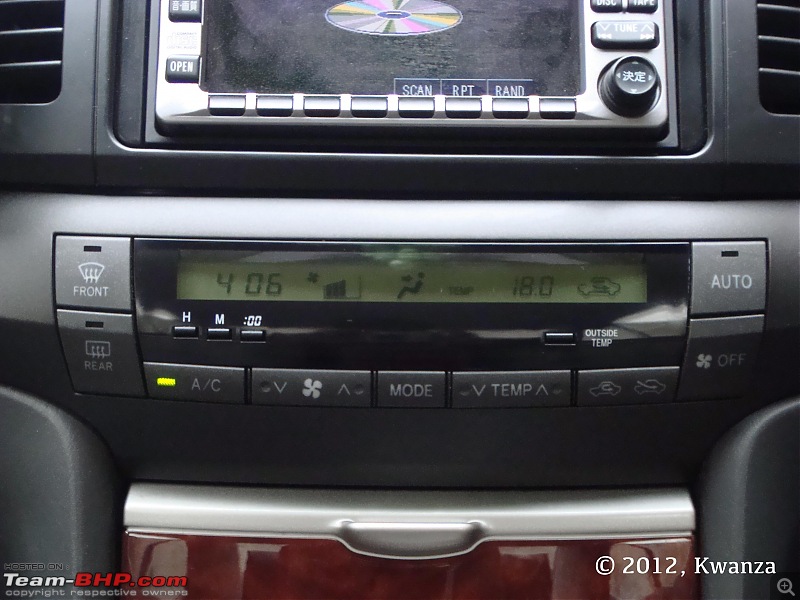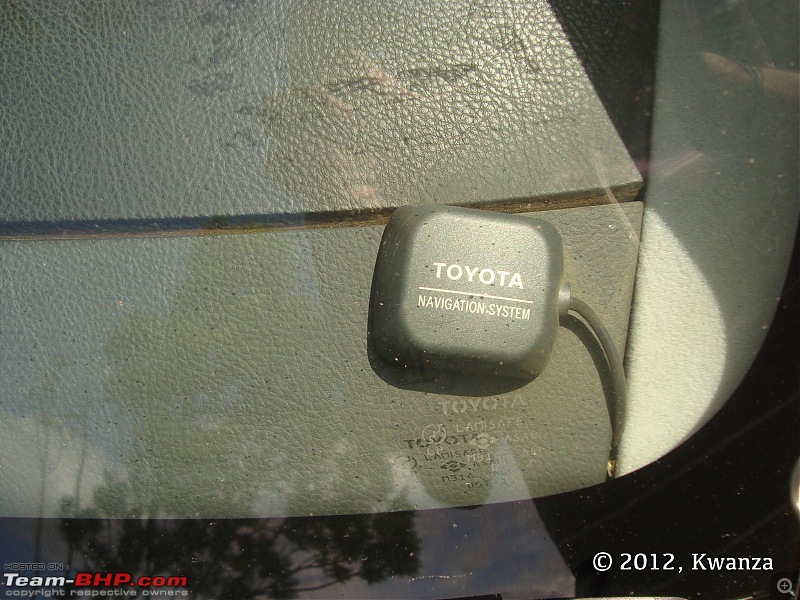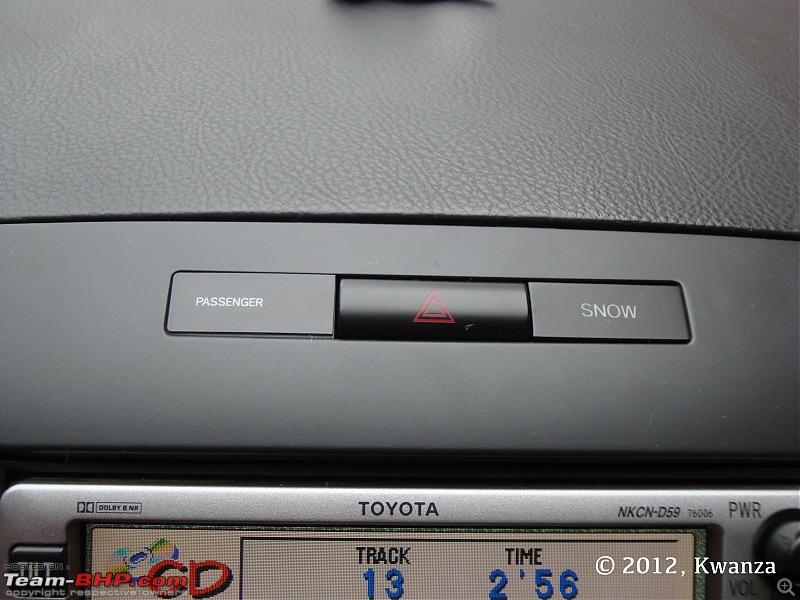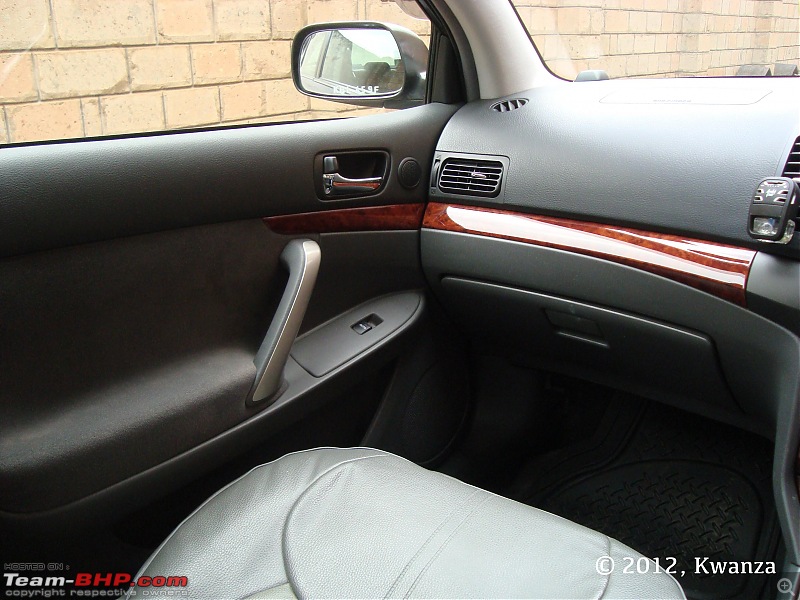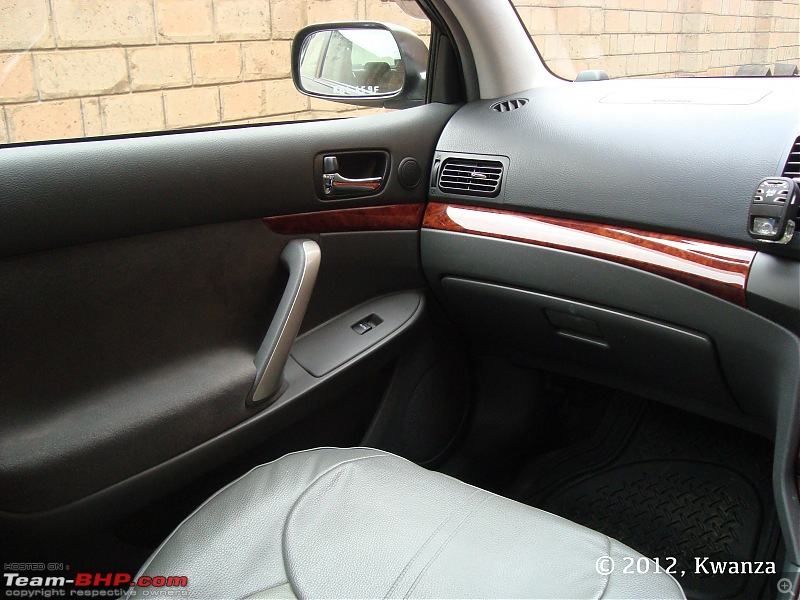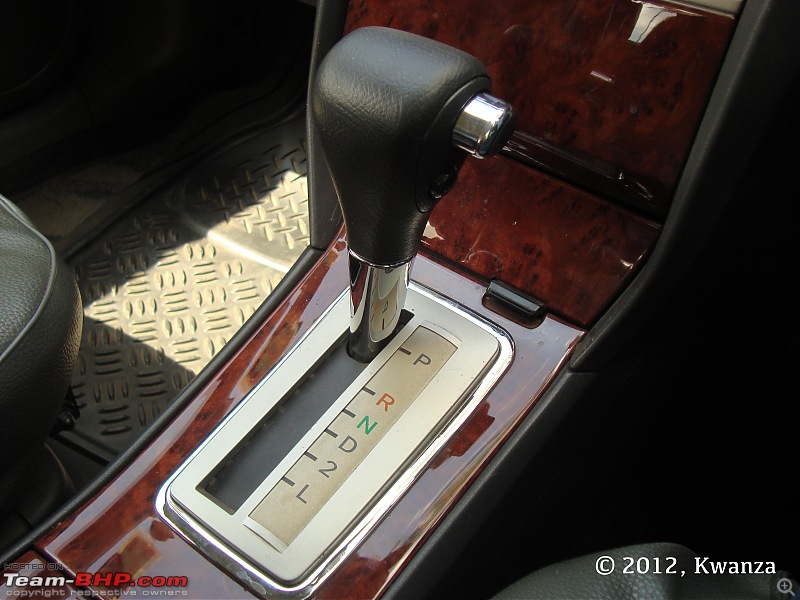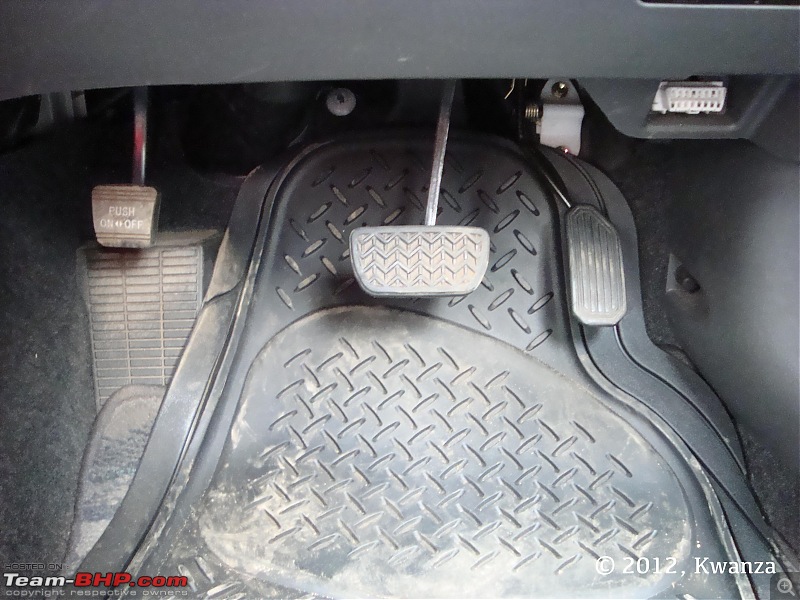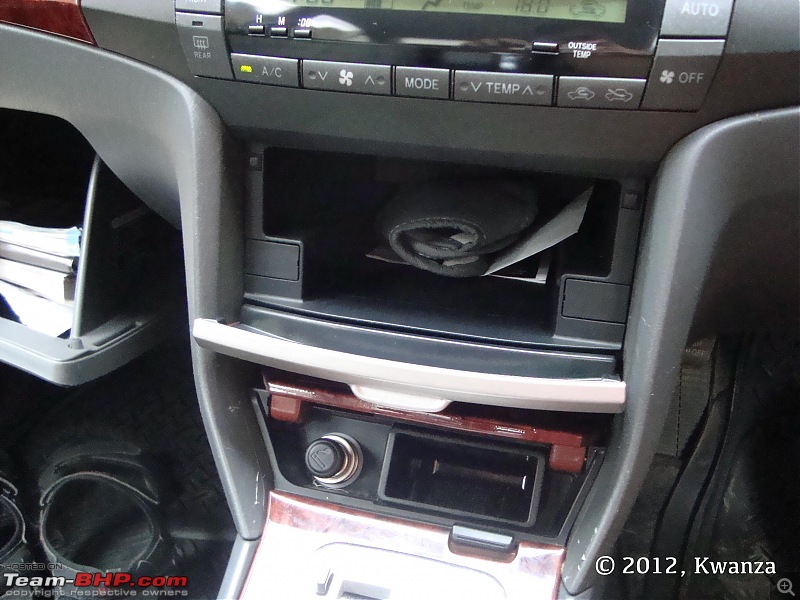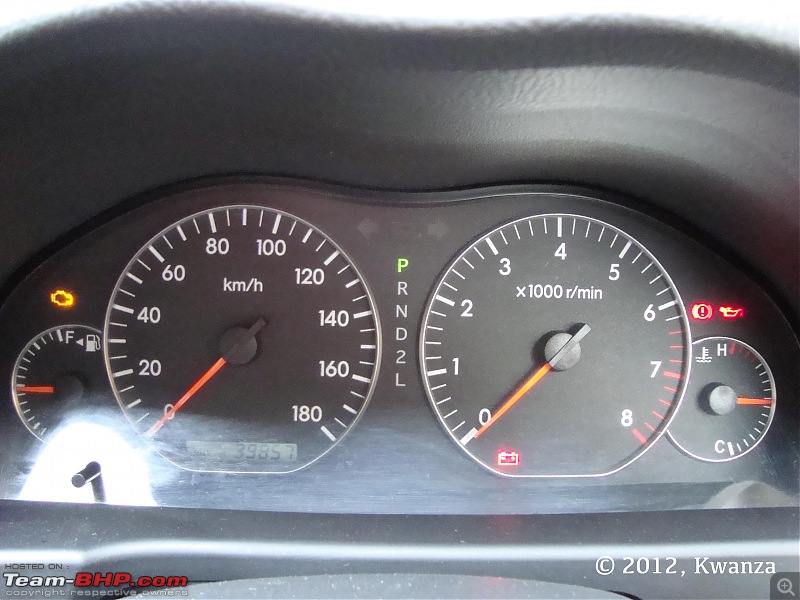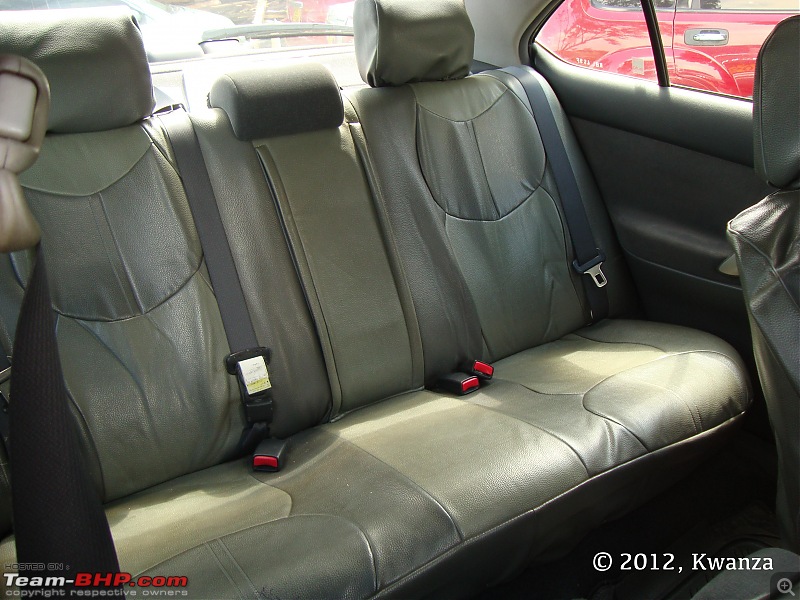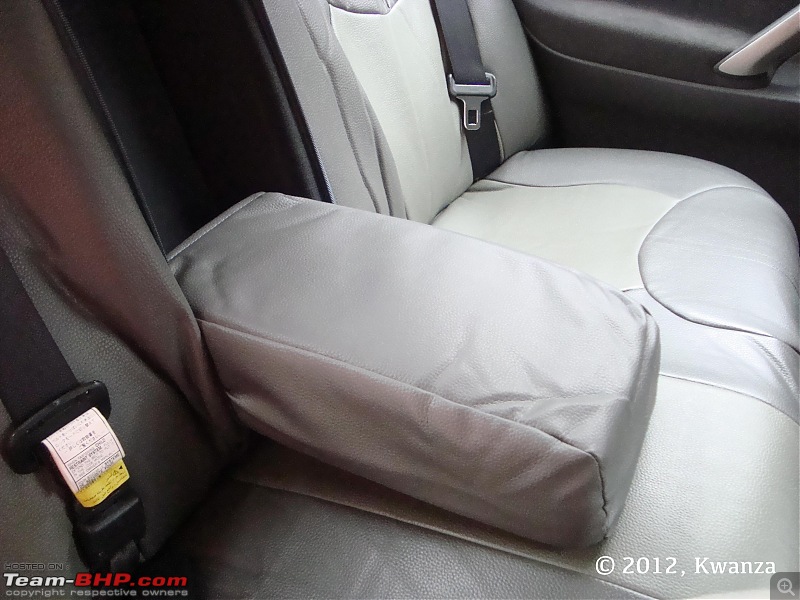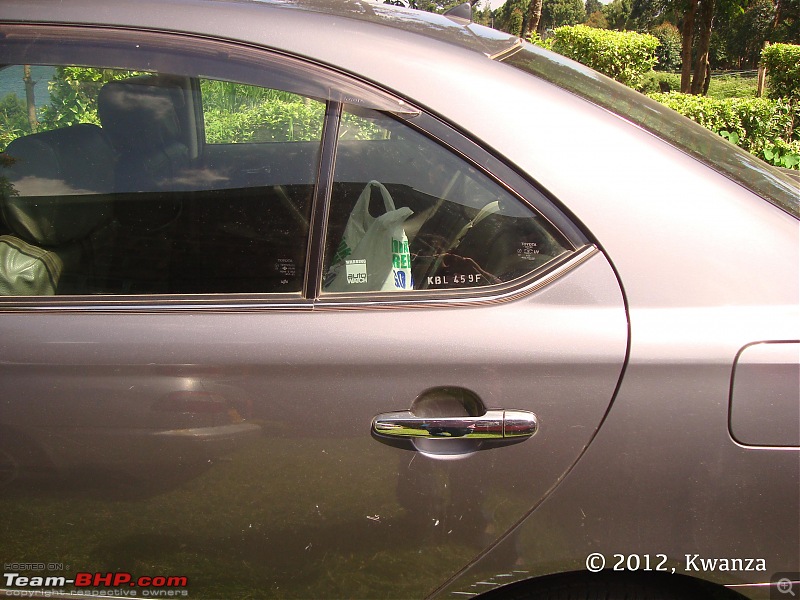Disclaimer
This is my first ever thread on TBHP.
While I have taken every effort to put up a report that does justice to a beautiful vehicle, it's natural to have fallen back on a number of areas, especially technical, as I am no expert. I therefore request your pardon and will be glad to take any suggestions that will help enhance my posts in future.
I hope you enjoy this piece. If all goes well, expect an African safari travelogue covering Masai Mara, very soon

 A Background JDM – Japan Domestic Market; consists vehicles that are designed (to be used) exclusively for Japan.
A Background JDM – Japan Domestic Market; consists vehicles that are designed (to be used) exclusively for Japan.
Nairobi, often-dubbed “City in the Sun” is a clean, green and pleasant city to live and drive in. People follow lane discipline, good clearly marked roads (free from two-wheelers) for the most part, horns rarely put to work and traffic rules respected. Much like the way our Western brethren ride, albeit on the inverted side of the tarmac.
Enter traffic-jams: the greatest source of vexation for motorists in this Kenyan capital. Bad bad jams. Every working day. The kind that make footing 20 kilometers feel quicker, unless your leather seat seems cushier than the couch back home, for 2 hours. Or more, you never know.
These insane traffic jams are attributed to the enormous number of vehicles that roll on to the road each day, all thanks to affordable but competent used JDM-specific CBU imports. That’s not saying brand new off-the-factory cars aren’t available, but are comparatively pricey. The used imports should not be anymore than 8 years old (government regulation). Majority are around 3-4 years old, ship in near-mint condition, highly reliable and good to go for another decade at least. Before being shipped, the cars are bought back into the OEMs from their first Japanese owners Japan and given a major makeover – mostly cosmetic, plus a few essential mechanicals, depending on each individual car’s condition. They are then shipped off.
How it came to be Circa April 2010
Nairobi, Kenya.
Our good ‘ol 2001 Mitsubishi Lancer (also a JDM) had clocked around 110000 km and still justly went about its chores without major snags, save for a few minor issues (weary cabin controls and dimmed out console lighting) per se. At my dad’s company, plans had just been incepted to replace all cars of its’ generation, as per protocol, with newer ones. However, for us an immediate replacement wasn’t in the books, or so we thought, since the Mits was a tad newer than the other vehicles in line (Sprinter E110s and Sunny B14s to name a few).
Winter was just setting in in Nairobi (late April) with the mercury averaging at 17 deg C. Pleasant it was for all but the Mits. The car stalled; twice the same week. The rear door became permanently jammed. And the battery fell regularly into an affair with some imaginary snooze button. An assiduous service at the garage might have put it back in shape, but better was to come. In the following week, the car was surrendered to the office for an interim vehicle, until a new car was bought for us. The two-week replacement was a Toyota Corolla E120 (pictured below). Simultaneously, a batch order for three Toyota Premios, a Toyota Allion and a Prado was placed.
 Buying the car – May 2010 Week 1
Buying the car – May 2010 Week 1
In the last week of April, the five vehicles were selected from a batch of imports that were being shipped from Nagoya, Japan to the Kenyan port of Mombasa (Some scenes of RGV’s Company were filmed here). They were due onshore in about 3-4 days. The imports were on behalf of a car dealer, CarMax East Africa Limited, with whom the company placed regular orders.
Week 2
The car finally touched Kenyan shores on the 4th of May 2010 (happened to be my birthday too

). CarMax’s people at Mombasa handled all clearances. In all, I think it took about 2 days (not sure since I wasn’t dealing with them), which is rather quick, and so things must have progressed smoothly. The vehicles were then shipped to Nairobi along with CarMax’s other imports. I was told that they were shipped by road on a Mercedes Actros car carrier, containing 8 vehicles in total. The journey took roughly about thirteen hours.
Week 3
On a beautiful cold morning on the 10th day of May, the vehicles were delivered to the customer i.e. at the office. By afternoon, our Premio had completed with inspections from the office’s transport division and was off for registration, insurance and other formalities. Post registration, the car spent a day to get it’s body raised, given a thorough wax polish and wash, and topped up on the lubricants at the service centre. It then went for fitting accessories, which were:
- Seat covers
- Car security system
- Tracking device
- High quality floor mats
- Statutory equipment i.e. warning triangles, tow rope, first aid kit, fire extinguisher
It then had the registration number etched onto the lights, window glass and chrome. This is common practice in-order to prevent them from getting sold in the black market after being plugged out by crooks. Naturally, the buyer wouldn’t want to posses a stolen product with identifiable markings.
On the 13th of May, after the formalities had been fulfilled, the Premio was handed over to us.
The car cost about US$13,000 on-road. Below is the detailed price break-up. I’ve included rupee conversions for your convenience.
 The Toyota Premio X – T24 series. Positioning
The Toyota Premio X – T24 series. Positioning
The Premio is a successor to the very successful Toyota Corona nameplate that ran from 1957 to 1996. From 1996, the eleventh (and last) generation, Corona got badged as the Toyota Corona Premio. Eventually, the Corona model was phased out and Premio spun off to an independent badge, coming out of shadows of the Corona brand.
The Premio is an upscale saloon slotted above the Corolla, offering an alternative to the Camry. It has a semi-identical sibling, the Allion that bears minor exterior changes and is a little smaller in dimensions. While the Allion looks sportier and youthful, the Premio poses as a more elegant and stately ride.
The Car
Our Premio is a 1st generation model manufactured in June 2006 in Japan, and is based on Toyota’s T Platform. Measuring 4600mm in length and 1470mm in height, the car has a commendable amount of road presence and butch that made heads turn, initially. Now, they’ve become very common.
The car had been registered first in June 2006 and deregistered sometime in March 2010. When we received it, the meter had clocked approximately 38,000kms. The car was in near-mint condition. There were absolutely no dents or scratches anywhere on the body. Draped in a light charcoal grey, the car looked fabulous. The dollops of chrome gleamed, and gave the car a striking effect.
That’s a thousand words already. I’ll now let the pictures take over.
Please all design works; looks stately.

Chrome; an Asian fascination.


Notice the "P" badge instead of the "T"; Separate logos for individual model is a Toyota-JDM tradition.

Fog lamps come standard

14 inch tyres look puny for the rear 3/4 bulk.
I think the swoosh on the rear door window frame/C Pillar a neat design touch.


A set of rear lights fixed onto the boot too

Rear wash and wipe standard

Notice how the badge has been reinforced to avoid being plucked out by crooks

Generous boot. Notice the padding on the door.


 (15)
Thanks
(15)
Thanks
 (1)
Thanks
(1)
Thanks
 (1)
Thanks
(1)
Thanks
 (1)
Thanks
(1)
Thanks
 (4)
Thanks
(4)
Thanks
 (4)
Thanks
(4)
Thanks
 (6)
Thanks
(6)
Thanks
 (1)
Thanks
(1)
Thanks
 (3)
Thanks
(3)
Thanks























